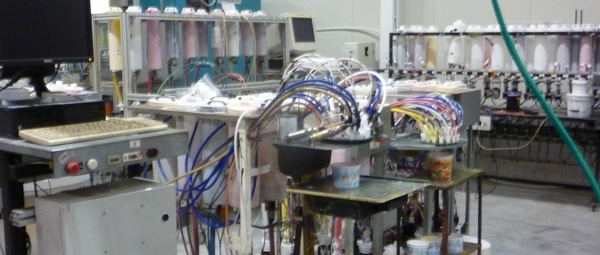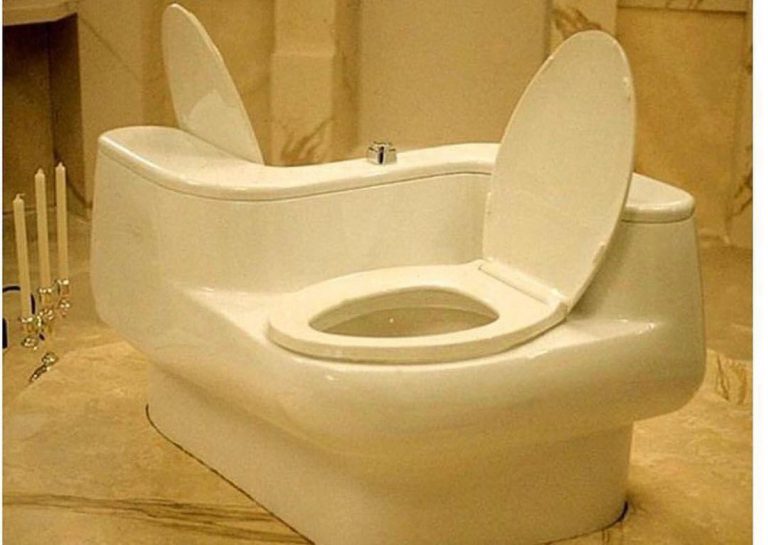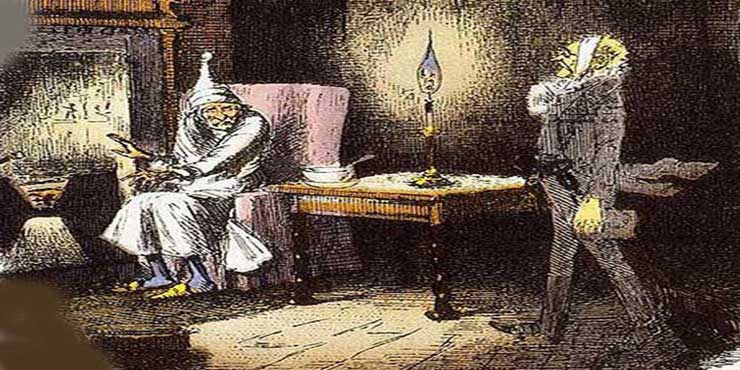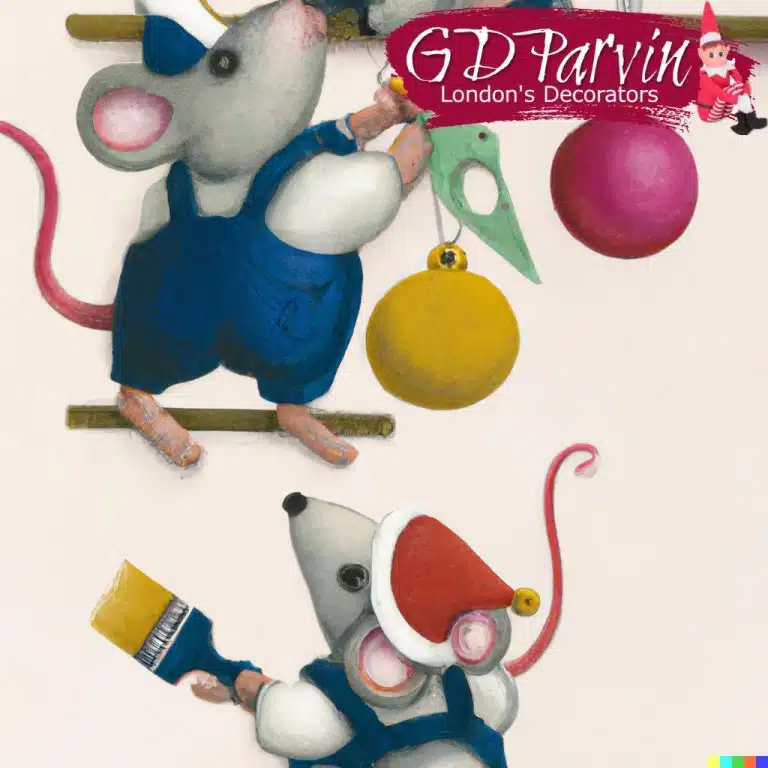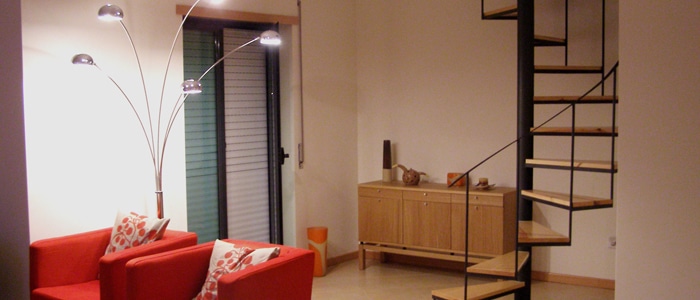What you didn’t know about paint colours
I’m becoming an expert at boring people at parties. If you invited me round this Christmas, you’d probably regret it.
It’s not as if I wander around Fulham watching paint dry, but my wife thinks I’ve been learning more about paint this year than is healthy.
Take colours. There are two ways to pick your colours now, each one accounting for roughly equal shares of the paint market. The decorating market in London is quite sophisticated, so we’re used to the more modern methods.
Either you pick a pre-mixed colour from stock, or you get your colour mixed in the shop. Tinting on demand has been gradually taking over because of the convenience for the customer, and also because shops can operate with much lower stock levels. (If you’ve never tried picking paint by getting the shop to scan a swatch of your upholstery, it’s worth it just to see how it’s done. Assuming you like that sort of thing, of course.)
I visited the factory in Italy where those machines are made recently. (Some people go to Italy for the food and the wine – they don’t know what they’re missing.) Some of the paint effects that area available really are stunning, joking aside. Like marble, or rust, or iridescent effects that go on almost straight out of the can.
The larger tinting machines use 24 tints to make up the entire colour range, with extremely accurate dispensers for each of the tints and a computer-controlled motion for the can to get everything mixed in fully. The better machines calculate the effect of every type of base paint and the tints being used. They even offer different solutions based on whether durability or absolute precision of the tint is required.
Really precise tints become important if, for example, you’ve got a large exterior wall and only want to touch up a small area. The human eye picks up tiny differences in tints – and there are facts like fading, and the undercoating to take into account as well. The better paints have a better base, and use pigments which are less prone to fading. The actual tints and pigments are generally trade secrets which the manufacturers hold onto tightly.
One thing they didn’t explain in the factory was who comes up with the names for the colours, but I imagine they have a small staff of poets on hand. They think of everything else.
I’ve got samples of some of the latest effects, and if you’d like an idea of what they’d look like in your home I’d be glad to let you see some of them.
If you’re thinking of getting work done before Christmas, whatever colours you want, then please get in touch as soon as you can, as it gets pretty hectic.
All the very best for the season
Geoff Parvin
PS: I have a nasty feeling my wife’s decided on my Christmas present – a tin of paint and a little brush, so I can watch it dry over the holidays.
PPS: Here’s one of my holiday photos from Italy:

